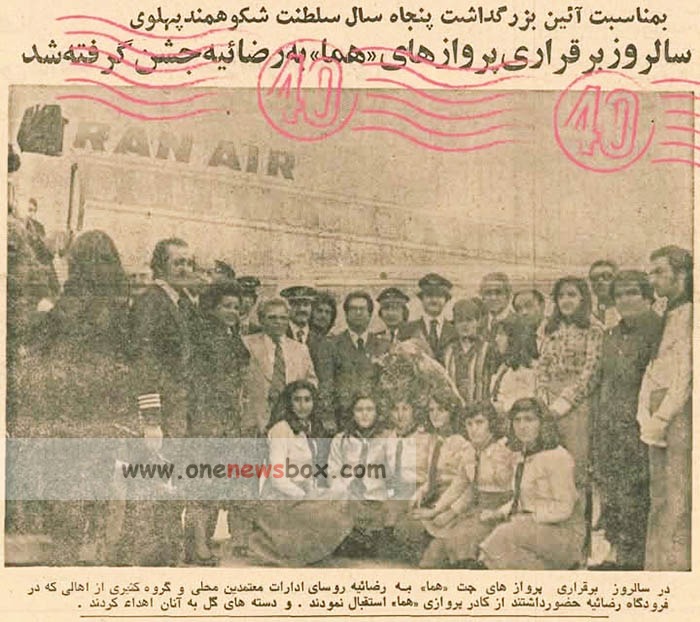Another important development during this period was the emergence of Khulasat al-Hawadith in 1316 AH (1898 CE), which was the first daily newspaper in Iran. Published in Tehran, Khulasat al-Hawadith had four pages and carried news from the Reuters news agency, which was transmitted via India. This newspaper symbolized a growing engagement with international news sources and reflected the increasing importance of global events in shaping public discourse in Iran.
However, the true revolution in Iranian print media came with the establishment of a constitutional monarchy in the early 20th century. The first signs of change appeared with the publication of Watan and Tolo, two newspapers that carried nationalist and progressive ideologies. In 1914, La Patrie became the first bilingual newspaper in Iran, printed in both Persian and French. It was also the first Iranian newspaper to be banned, a reflection of the growing political tensions in the country.
The Constitutional Revolution of 1905-1911 marked a major shift in Iranian politics and society. Newspapers played a crucial role during this period by helping to raise awareness of constitutionalism and pushing for democratic reforms. With the creation of the Majles, or National Assembly, new newspapers began to emerge, such as Majles, Neday Vatan, Habal al-Matien, and Sobh Sadeq. These newspapers were vital in fostering political participation and challenging the monarchy. Majles became particularly influential, as it covered the activities of the newly-formed National Assembly and was managed by Mirza Mohammad Sadeq Tabataba’i, a prominent figure of the time.

